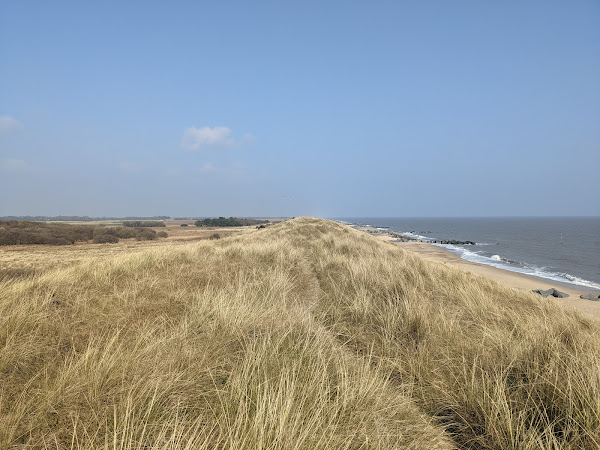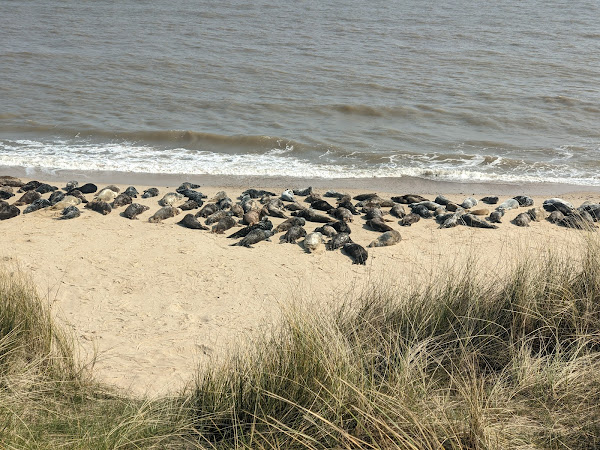After running Brighton Marathon last week, I was in desperate need of an easy recovery run this week, in all senses! Flegg High parkrun ticks all of the boxes I was looking for, in that it is a flat, small event, with some off-road surfaces to help with the recovery.
The area
Flegg High parkrun is hosted by Flegg High Ormiston Academy - an academy in the village of Martham, near Great Yarmouth, in Norfolk. The village of Martham is a primarily residential area, while also being home to Martham Broad - a nature reserve slightly north of the town.
The course
The route at Flegg High follows three laps of the perimeter of the school grounds, taking in the playing grounds as well as the school's playground. The course is run on many surfaces, including tarmac, gravel, and grass, but can best be thought of as 2-thirds off-road (mainly grass) and 1-third on-road (gravel and tarmac).
Toilets are available in the school, and free parking is available on site.
The run
Today's was a very smooth run. I had set out at a relatively easy pace given I am still in recovery mode, and there was only a very small field of runners (38 total), so no chance of getting competitive and trying to run harder than I needed to, which is exactly what I wanted. While a majority of the course is on grass, it was a good surface this week - the soil was solid, and the grass was short.
While the Strava route may seem complex, if you follow the cones and directions of the cheerful marshalls, the course becomes obvious by the end of the first lap. Something I hadn't picked up from the Strava trace is that runners follow two lanes through the car park - the right lane is used to continue to the next loop, while the left lane is a designated finisher's lane. I must admit that as I dipped into the left lane for the final straight, I couldn't help but have flashbacks to the finishing straight last week!
Thanks to the volunteer team for a really friendly run today!
After the run
As the event takes place in a school, I had to move my car if I wanted to explore the area. Having researched the area briefly prior to the run, instead of moving my car to explore Martham, I decided that I would instead visit the next village over - approximately 6 minutes drive, and explore the Winterton-Horsey Dunes.
Winterton-Horsey Dunes is a Site of Special Scientific Interest, which both protect much of Norfolk from flooding, while also providing a nature reserve to local wildlife. While still being very conscious of my goal of recovering, I decided to take a relatively easy run along the dunes.
The beach is sectioned off every few hundred metres with large boulders to help reduce erosion, however, before too long, it appeared that the sea line itself was protected by boulders too - after all, I was running on sand dunes, and so couldn't focus on too much else. I did think it was strange though, and so stopped and realised that it was actually thousands of seals, who had returned to the beach to moult!
To the other side of the dunes lies the nature reserve, providing unhindered views to vast swathes of nature reserve.




